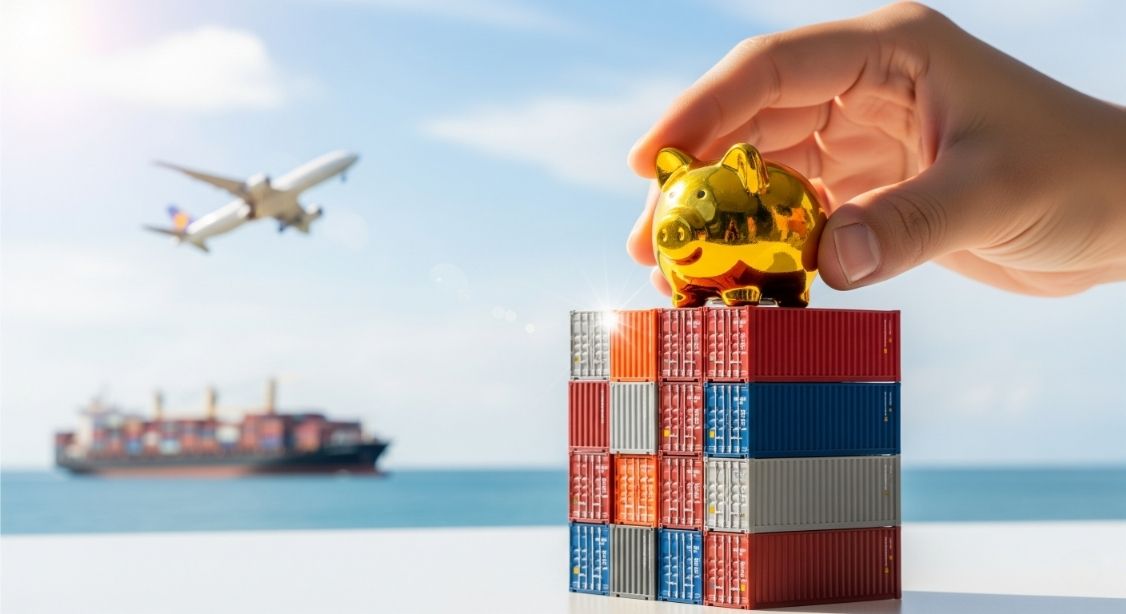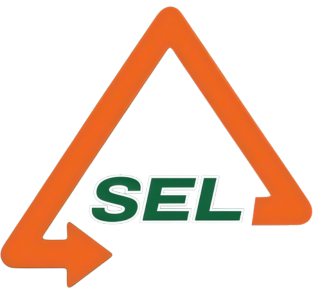5 Ways for Importers-Exporters to Reduce Logistics Costs (That You Might Not Know)
Have you ever felt that logistics costs are like an iceberg? What you see on the freight invoice is just the tip. But underneath the surface, there are dozens of hidden costs and inefficiencies that quietly drain your profits. While many businesses focus on negotiating that visible tip, the real savings are found in the submerged, often overlooked parts of the iceberg. Ready to dive deeper? Let’s uncover 5 smart ways to reduce your logistics costs that go far beyond the basics.
The most expensive part of logistics is often the money you don't realize you're wasting. Let's find it together.

1. Stop Paying to Ship “Air”
Think about a big bag of potato chips – it’s mostly air, right? The same thing happens in logistics. Shipping costs are often based on “volumetric weight,” meaning you pay for the space your cargo occupies, not just its actual weight. If your packaging is too large, you’re literally paying to ship empty space. Take a hard look at your boxes. Can they be smaller? Can products be nested? Shaving just a few centimeters off your packaging can translate into thousands in savings, especially with air freight.
2. Treat LCL Shipments Like a Carpool
Think of LCL (Less than Container Load) shipping as carpooling to work—it’s great for small, one-off trips. But what if you and your colleagues are all carpooling separately to the same office park every week? It would be much cheaper to charter a van together (an FCL shipment) or at least organize a larger carpool. Talk to your logistics partner. If you have multiple small shipments heading to the same region, consolidating them into fewer, larger shipments can drastically cut your costs per item.
3. Ask: Who’s Really Controlling Your Shipping Costs?
Incoterms® aren’t just technical terms; they decide who holds the steering wheel for your shipping costs. If you’re always buying on CIF (Cost, Insurance, and Freight) terms, you’re letting your supplier drive and send you the bill—which might include a markup. By switching to FOB (Free On Board), you take control. You choose the driver (your freight forwarder) and can shop for the best route and price. A small change in terms can shift the power—and the savings—back to you.
4. Get a “Smart GPS” for Your Cargo
A basic GPS tells you the route. A smart GPS tells you about traffic jams ahead and finds a faster way. Modern logistics technology is that smart GPS for your cargo. It goes beyond simple tracking to analyze data, predict port congestion, and identify inefficient routes that are costing you money. Partnering with a tech-savvy forwarder gives you access to this intelligence, allowing you to make data-driven decisions that save time and avoid costly surprises.
5. Turn Your Forwarder from a Vendor into a Partner
A vendor takes your order. A partner understands your business. This is the most overlooked “secret” to saving money. When your freight forwarder is a true partner, they aren’t just quoting rates; they’re actively looking for ways to make your supply chain better. They’ll suggest consolidating shipments, advise on Incoterms®, and alert you to new technologies because they are invested in your long-term success. Their success is tied to yours.
True cost reduction in logistics isn’t about finding the cheapest rate for one shipment. It’s about building a smarter, more efficient process from the ground up. By optimizing your packaging, planning your shipments, taking control of your terms, leveraging technology, and building a true partnership, you can turn a major expense into a competitive advantage. At SEL Logistics, we live and breathe this philosophy. We’re not just here to move your cargo; we’re here to find these savings with you.



